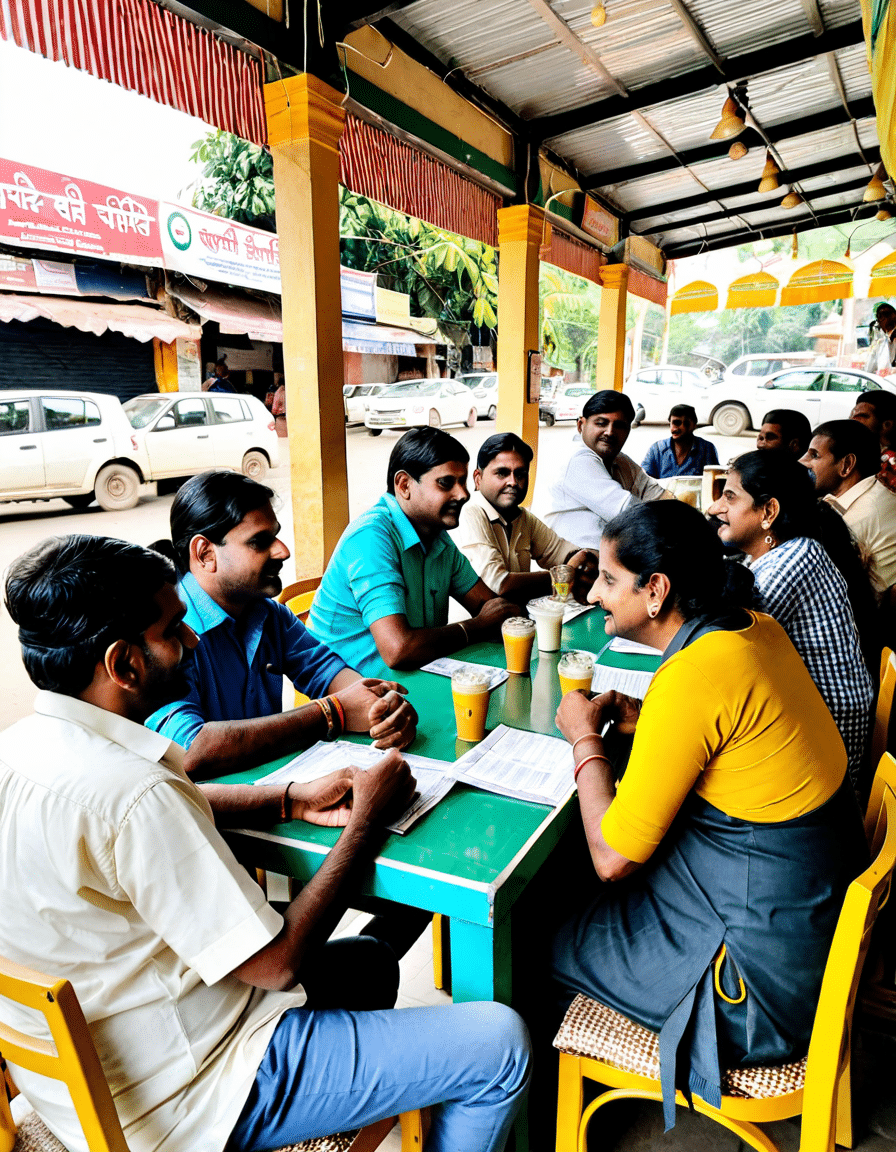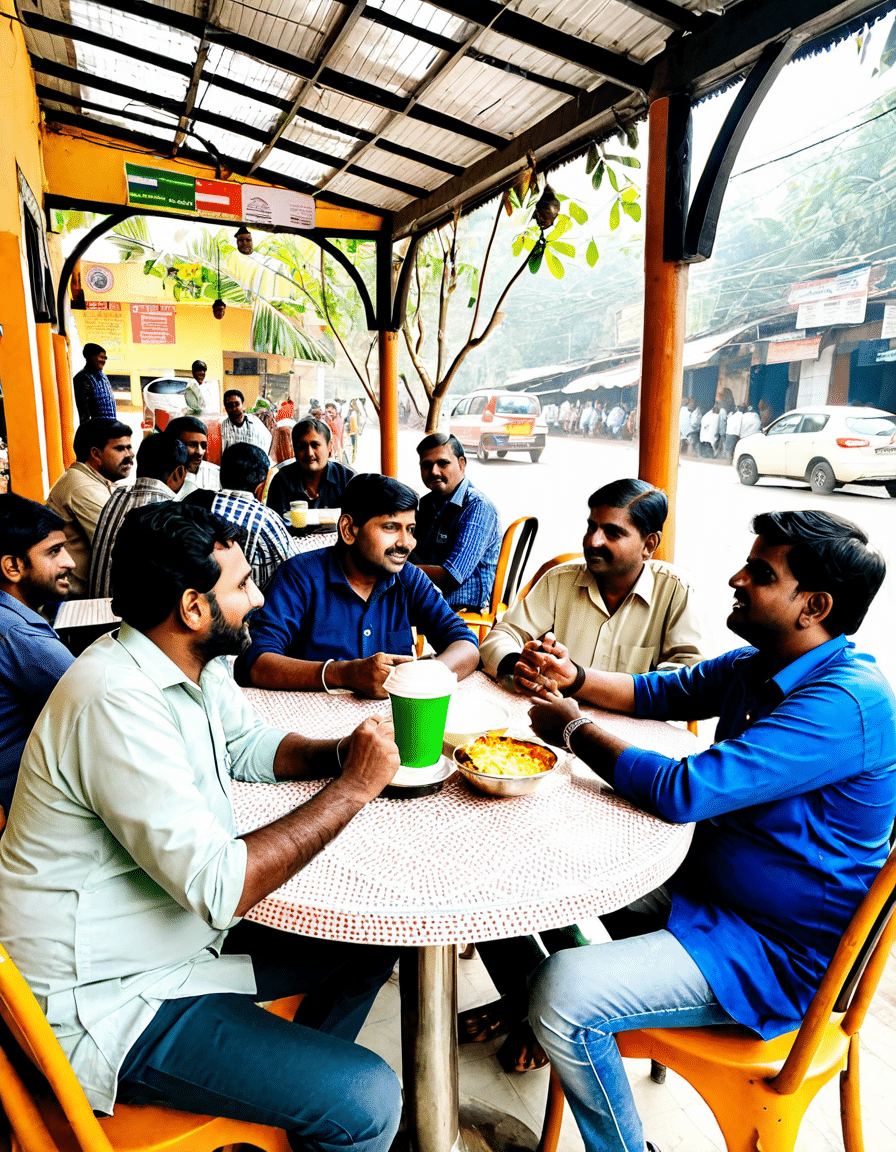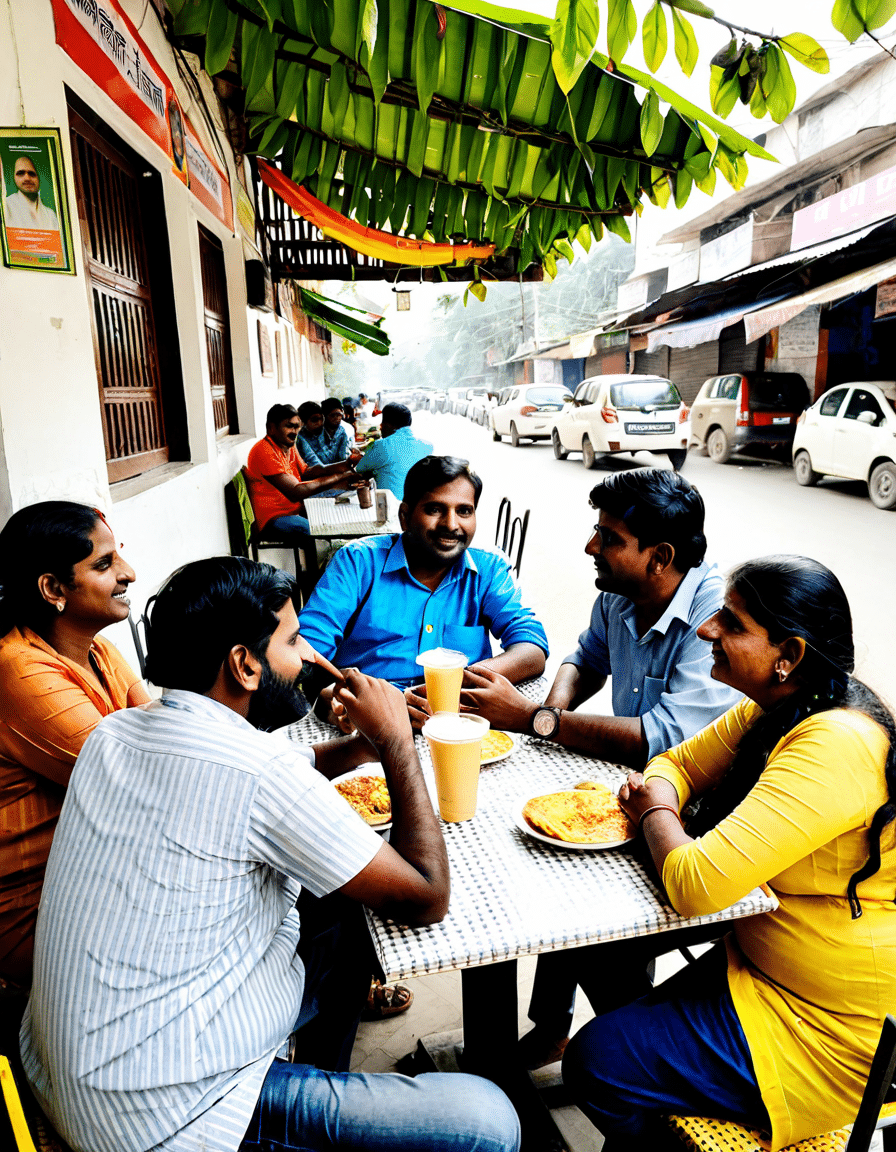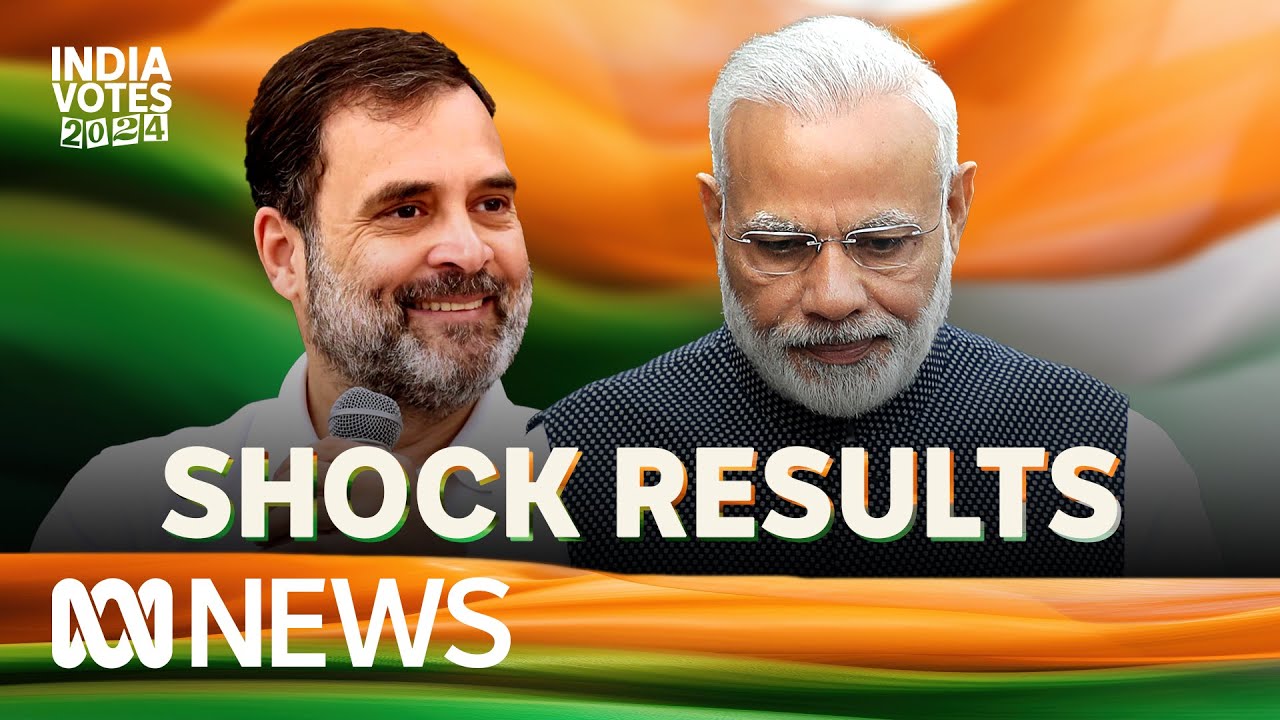Elections in India are a riveting affair, showcasing a complex tapestry of political dynamics that have evolved over the decades. Understanding these dynamics not only sheds light on the current electoral behavior but also plays a key role in grasping why the upcoming Indian elections are set to be more transformative than ever. With the drama of the vote looming on the horizon, it’s time to dive deep into what the past and present of Indian elections reveals about the electorate and their intentions.
Indian Election Dynamics: A Historical Perspective
The landscape of the Indian election has transformed dramatically since independence in 1947. For decades, the Indian National Congress (INC) was synonymous with Indian politics—a juggernaut that held sway over a majority of the nation. Yet, things began to change in the late 20th century when regional parties like the Aam Aadmi Party (AAP) and the Trinamool Congress (TMC) emerged, reflecting a shift towards localized governance. These parties resonated with constituents’ needs and aspirations in ways the larger national parties failed to do, emphasizing the significance of regional issues.
As the public has grown increasingly disenchanted with traditional political narratives, localized parties have captured a larger share of the electorate’s attention. For instance, in the recent India elections, parties focusing on state-specific concerns garnered significant support, proving that voters prioritize candidates who address their local issues directly. This historical evolution of the Indian election scene is a clarion call for the major national parties to rethink their strategies.
Moreover, understanding this historical backdrop offers insights into current voting patterns and the electorate’s growing empowerment. Citizens are no longer mere recipients of political messaging but active participants, shaping their electoral decisions based on perceived connectivity with candidates and their party agendas.

The 2024 India Election: A Turning Point
The 2024 Indian election is shaping up to be a watershed moment for the country. With a voting populace that’s not only larger but also more educated and engaged, the dynamics of campaigning have witnessed a seismic shift. Social media platforms like Twitter and Facebook have emerged as vital tools for reaching voters, influencing perceptions, and creating conversations.
The Bharatiya Janata Party (BJP) has harnessed these platforms efficiently, engaging influencers and deploying targeted advertisements to reach a younger demographic. Unlike Congress, which has relied more on conventional campaigning methods, the BJP’s strategy underscores a significant shift in political communication styles in the digital age. This new approach suggests that engaging the electorate through technology isn’t just advantageous; it’s becoming essential.
There’s another layer that makes these elections pivotal: the shift in the electorate landscape. Approximately 50% of eligible voters in the recent elections were under the age of 35. This youthful demographic demands more transparency, accountability, and progressive policies. Failing to address their concerns could spell doom for political parties aiming for electoral success.
Top 5 Insights from the 2024 Indian Elections

Contrasting Indian Elections with Russian Elections: Insights into Democratic Strengths
When juxtaposing Indian elections with Russian elections, one can discern a striking contrast in electoral integrity and public perception. Indian elections, while not without faults, showcase a lively democracy marked by vigorous civil societal involvement. The transparency in the electoral process and the scrutiny by the media showcases the need for public engagement in democracy.
Conversely, Russian elections are often criticized as being manipulated, with limited true public participation. The stark difference lies in the freedoms enjoyed by citizens during the elections in India, contrasted with the state-controlled narrative observed in Russia.
As India’s vibrant democracy prepares for its future, the importance of fostering an engaged electorate is evident. The contrast with Russian elections reinforces the need for ongoing reforms and transparency, underlining that democratic values must be upheld to ensure that the Indian election process remains robust.
Impact of Technology on India’s Electoral Future
Let’s talk tech. The incorporation of technology into India’s electoral process has yielded both benefits and challenges. On one hand, electronic voting machines (EVMs) promise efficiency, eliminating the delays of traditional ballot counting. However, concerns about the potential for tampering and inconsistencies linger.
The Election Commission has been proactive, introducing voter helpline apps and online registration that enhance voter accessibility. However, these innovations also raise questions regarding cybersecurity. The Indian election machinery’s reliance on technology invites scrutiny and challenges as political campaigns continue to evolve.
In the years to come, India’s electoral future hinges on balancing technological advancements with safeguarding electoral integrity. The journey ahead will demand continuous evaluation of methods to prevent cyber threats, ensuring that democracy remains secure as technology advances.
The Role of Media and Misinformation in the India Elections
In the recent Indian elections, media coverage significantly shaped public perceptions. However, the spread of misinformation through social media platforms posed serious challenges. Deepfakes and manipulated images made it difficult for voters to discern fact from fiction, complicating the electoral landscape.
Organizations like FactCheck.org played a crucial role in countering the vast ocean of misleading information, helping to provide clarity amid the chaos. Initiatives to educate voters about verifying information prove essential in preserving the integrity of the electoral process.
As we grapple with an increasingly digital age, ensuring that media coverage remains accurate and fair is paramount. The challenges posed by misinformation must be addressed if the transparency of Indian elections is to be safeguarded in the future.
Final Thoughts: A New Era of Electoral Engagement
The insights gleaned from the 2024 Indian elections illustrate an evolving electoral landscape. Civic engagement is no longer just a concept; it’s a reality shaping the political narrative. The intersection of technology, regional issues, and societal progress plays a defining role in how elections will be conducted moving forward.
As India charts its electoral future, both policymakers and voters must work together to navigate the complexities of this transformation. The lessons learned from these elections resonate beyond India’s borders, providing valuable insights into the resilience of democracies around the world.
In conclusion, the ongoing changes in the landscape of Indian elections present not only challenges but also opportunities for progress. Engaging a diverse electorate in meaningful ways can drive a democratic process that stands the test of time. This evolution is an exciting chapter, and as citizens, we must actively participate in writing it.
Indian Election Insights: Fun Trivia You Didn’t Know
Fascinating Facts About the Indian Election
Did you know that India’s electoral process is one of the largest in the world? With over a billion eligible voters, it’s like organizing a massive event that makes even the Indian Ocean tsunami seem small by comparison. This scale creates a vivid tapestry of voices, showcasing the nation’s rich diversity and deep-rooted democracy. During the Indian election, every state gets a snapshot of their preferences, resembling how a Kansas City map can give you a sense of its bustling neighborhoods and communities.
Now, here’s something that’ll spice up your trivia night: the election voting duration can last up to six weeks! While that may seem lengthy, it allows voters to cast their choices without the rush. Just imagine the exhilarating anticipation similar to waiting for the latest episodes of Power Book 2—it only builds as the voting day approaches! And it’s not just about the ballots; the tech and strategies involved are state-of-the-art, akin to a premiere of Blue Bloods season 15 rolling out its crime drama.
Electoral Participation Trends
Participation rates in Indian elections are fascinating, often exceeding 60%, which is higher than many Western democracies. It speaks volumes about civic engagement, much like the buzz around the renowned Tropicana Las vegas, where folks from all walks of life come together. One intriguing observation is that first-time voters and young adults are becoming increasingly active—a shift that reflects a change in the nation’s political consciousness. This wave of youthful energy is reminiscent of Imanagas innovative spirit in reshaping narratives, allowing new voices to take center stage.
Furthermore, it’s interesting to note that diverse languages are used in ballots, ensuring accessibility for all. Language carries a weight, just like how the Newburyport Daily news keeps its community informed. This attention to detail helps maintain a connection between the local populace and the political framework, echoing a sentiment found in programs designed to educate citizens—defining what healthy political engagement looks like, much like understanding how long baseball games last keeps fans engaged in the sport.
So, as India heads toward its next election cycle, remember these fun facts and think about how they mirror broader themes of engagement, diversity, and community—transforming how we view not just the Indian election, but democracy itself!







